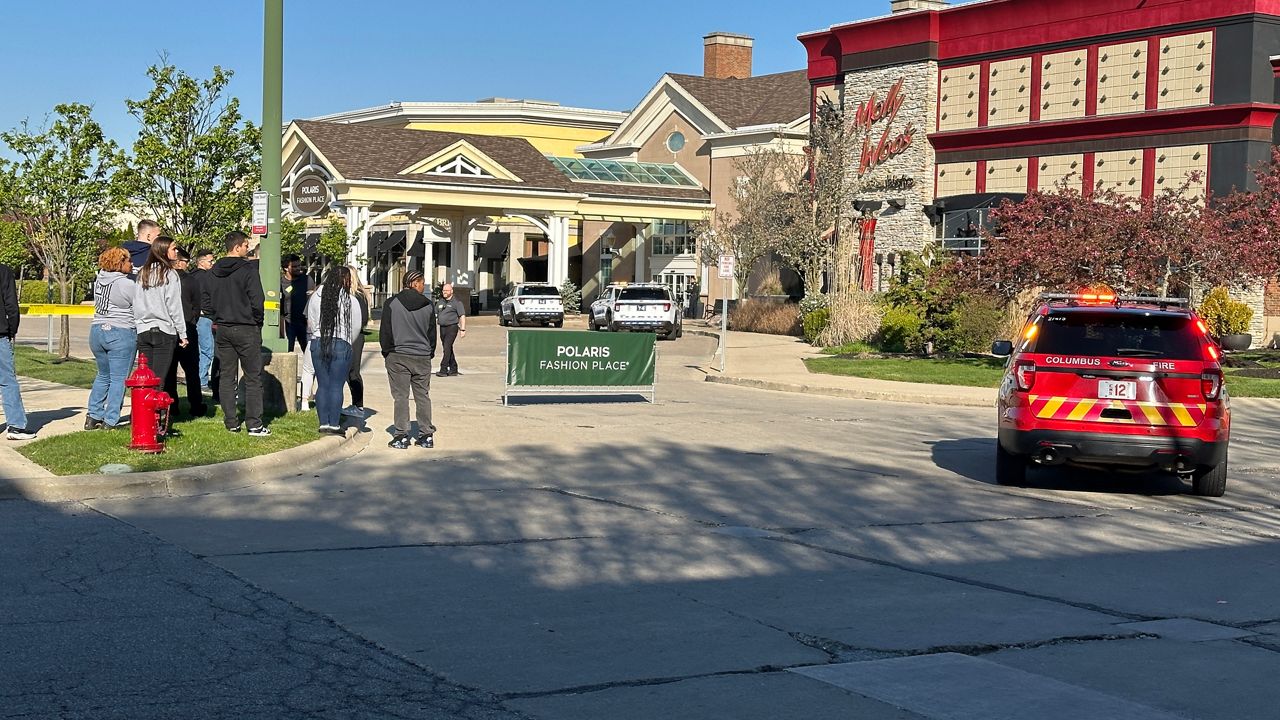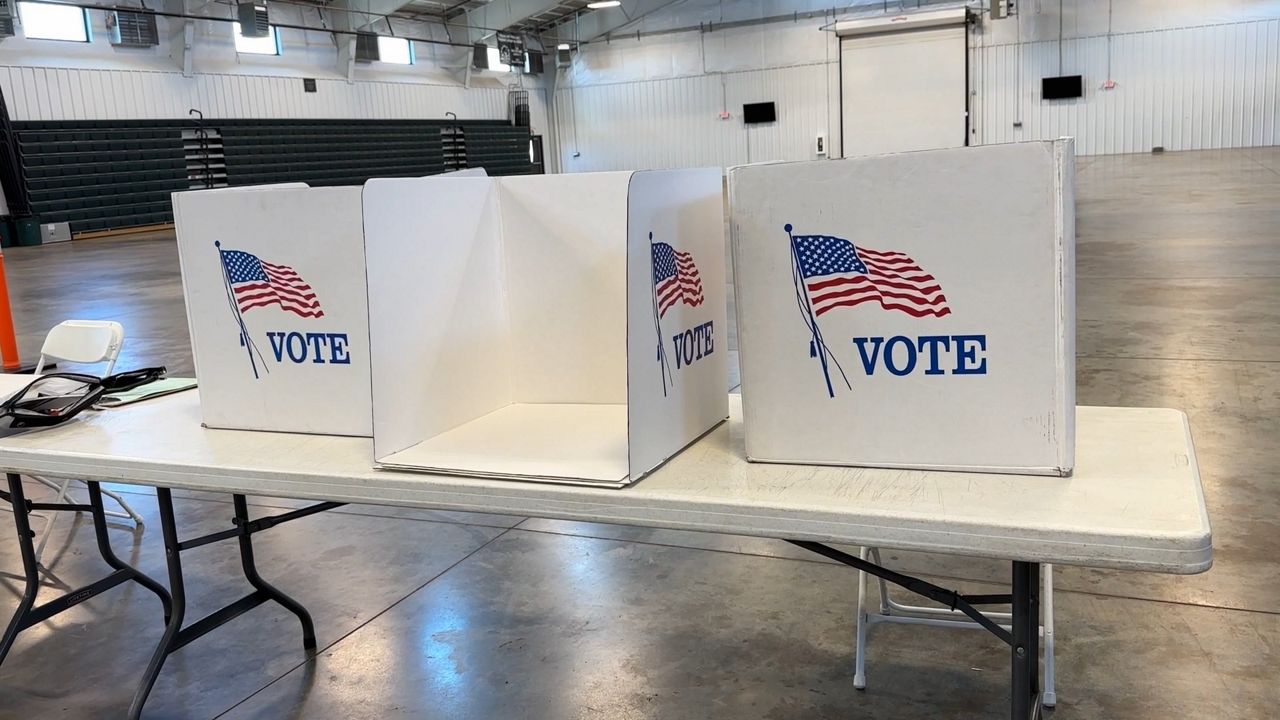Many cities in Ohio are still waiting for marijuana tax revenue, but some said they’re kept in the dark about how much it is and when they’ll receive it.
The governor’s office said that money wasn’t specifically promised by the state nor the general assembly and that it’s been a big misunderstanding.
Ohio legalized recreational marijuana in 2023 and started selling in August 2024. Kent Scarrett, the executive director of the Ohio municipal league, represents local governments in Ohio.
“We represent 732 out of roughly 920 cities and villages or municipalities in Ohio. We represent them to the state legislature and to the federal government,” Scarrett said. “[Cities] are frustrated that rules are being changed, that they’re operating under the assumption and the constituents of their community supported that 36% of the 10% to their coffers, but now the state is saying, ‘no, we don’t want to do that anymore, we’re going to take away that revenue.'”
Dan Tierney, the governor’s spokesperson, said in a statement there has been a misunderstanding and that’s not what Issue 2 said.
“The state does not know anything or owe anything because it was not appropriated by Issue 2. There is a gap between what cities were told by Issue 2 organizers and what was actually in the bill. There is not money that can be promised to any city until the legislature acts in the Budget bill.” Tierney said. “We understand the frustration of cities and municipalities who made decisions based upon what Issue 2 organizers told them, only to find out those promises were never in the actual legislation drafted by the Issue 2 organizers.”
Scarrett said there’s anticipation floating in the air between local governments and the state and that the understanding was, indeed, that they would receive part of that money.
“There’s a revenue partnership there or a revenue component that municipalities are expecting,” Scarrett said. “The state would receive part of the new excise tax and the host communities would receive 36% of that tax, so it was clearly defined and it was part of the ballot language that was supported by 57% or so the voting populace in Ohio.”
Akron confirmed to Spectrum News 1 that they haven’t’ received any revenue.
Pete LuPiba, the spokesperson of the Office of Budget and Management, said in a statement parties who are interested on what’s going to happen to follow HB 96 as it goes through the legislative process.
“Tax revenue from recreational marijuana is starting to come in,” LuPiba said. “However, Issue 2 was passed after the enactment of the current state budget, and the initiated statute did not include appropriation line items for agencies to begin spending the money during current state fiscal year 2025. The Ohio Constitution prohibits money from being drawn from the state treasury without a specific appropriation. No distributions of any recreational marijuana tax revenue can occur until appropriation has been authorized by legislative action.”
Spectrum News 1 followed up for clarification on how much and when they received the money but hasn’t received a response.
In the meantime, this is what Issue 2 said:
- 36% to the cannabis social equity and jobs fund to fund the implementation of the program
- 36% to the host community cannabis fund to provide funds to jurisdictions with adult-use dispensaries based on the percentage of adult-use tax attributable to each municipality or township
- 25% to the substance abuse and addiction fund to fund the department of mental health and addiction services in alleviating substance and opiate abuse and supporting related research; and
- 3% to the division of cannabis control and tax commissioner fund to fund operations of the division of cannabis control
Scarrett said some municipalities were planning on using the money for their first responders.
“Supporting the effectiveness,” Scarrett said. “Bringing more individuals into our first responding forces, police and fire, creating competitive wages, giving increases to our first responders to keep them in the business, basically.”












